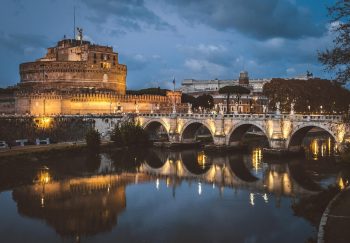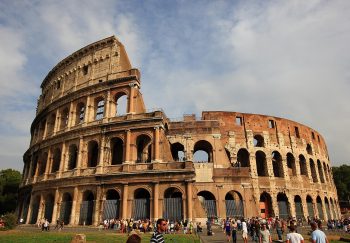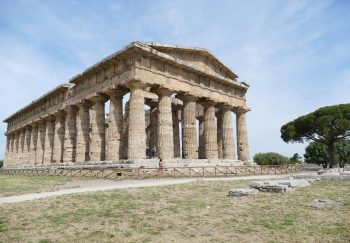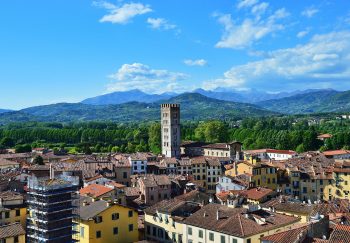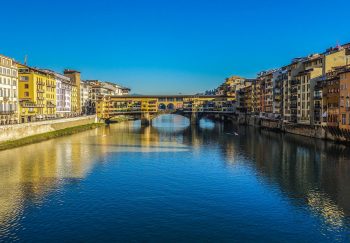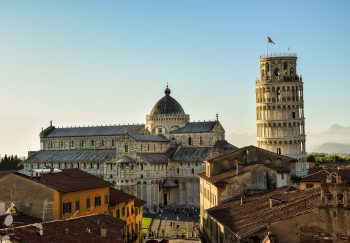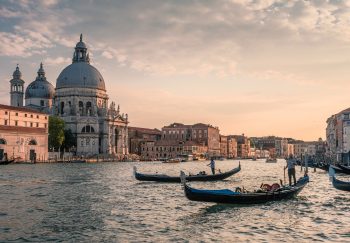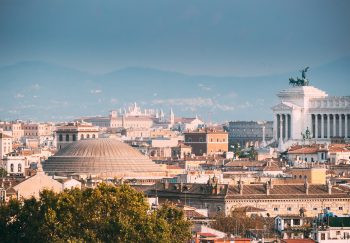Rome is a top tourist destination in Italy and the world. It’s not like it’s unknown – this place has been called the Eternal City since ancient times. Yes, there have been pages written about Rome throughout the years.
These are just a few.
You think you know all there is to learn about Rome? You might be wrong.
Here are 21 facts you didn’t know about Rome. I think even the most dedicated Italophiles might find some of these items in their trivia collection.
Don’t forget to check out my Rome city guide for more Rome travel tips, information!
Rome is Europe’s 8th most populous urban area. – Rome’s population is more than 2 million (2014 numbers). It is Italy’s biggest city and Europe’s 8th largest. At its peak, the population of ancient Rome was more than one million.
The ground level in ancient Rome was lower that it is today. You have to descend from the street level to reach the ruins. You’ll notice that you are walking downhill towards the Pantheon into what looks like a shallow pool. The ground has grown around ancient ruins over the past 2,000 year. This is due to sediment that was left behind by the Tiber River flooding its banks (which happened quite often).
All roads lead to Rome. Romans were passionate road builders. By the fourth century BCE, there had been more than 50,000 miles of roads in the Roman Empire. Many of these roads started in Rome. The Via Appia (ancient Appian Way) is one you can still ride on or walk on today.
Central heating was invented by the Romans. Some homes in Rome had both central heating and in-floor heating.
Rome was not always Italy’s capital. Turin was the capital when Italy became a united country in 1861. In 1864 Florence was made the capital. The capital was not moved to Rome until 1870.
Rome is 7th most visited European city. However, it now trails Milan (Milan) in terms of overnight international visitors to European cities. It’s unclear if this is a residual statistic from the Milan Expo, or if it’s the new norm. In 2016, Rome saw 7.12 million overnight visitors. Milan had 7.65 million.
The Pantheon was not destroyed because it was converted to a church. It was preserved intact because .
An ancient garbage dump is one of Rome’s neighborhoods. The Testaccio neighborhood was built on an ancient Roman hill. This hill actually contains old Roman garbage. This area was right next to the Tiber River. Ships would unload here, and ceramic vases holding cargo would be disposed of in an immense pile near the riverside. This is what remains deep beneath the streets of Testaccio even today.
The Spanish Steps were not built by the Spanish. This name, which is a top tourist attraction in Rome, came from the Spanish Embassy. Trinita dei Monti is the church at the top.
The “Mouth of Truth”, an ancient manhole cover, is now a legend. If you tell a lie, you’ll lose the “Mouth of Truth”. Today, archaeologists believe that it was an old manhole cover.
The first mall was built in Rome in antiquity. – Emperor Trajan built a market in about 100 CE. Today, the arcades can still be seen.
The Colosseum was home to many people. – Even after the fall Rome, some Romans still used it as their residence fortress. It was also used as a cemetery. It became overgrown with trees and plants in the years following the Colosseum’s discontinuation of regular use. Although it is one of Italy’s most well-known monuments, it was not always revered.
The ancient Romans were the first to use aqueducts for water movement. It was constructed in the 4th Century BCE to supply water to a cattle market. Rome had 11 aqueducts by the end of the 3rd Century CE. The city’s public baths received most of the water. Some aqueducts can still be found in Rome today, such as the Aqua Claudia and Aqua Felix in Parco degli Acquedotti. These aqueducts also exist in other parts of the former Roman Empire.
Piazza Navona doesn’t have a square. However, Piazza Navona was not always a piazza. The buildings were built outside of the stands and it was once an ancient Roman circus. The piazza’s oval shape was preserved after the circus was demolished.
This entire city is home to a state. You may already be aware that the Vatican City lies within Rome’s borders. You may not know that Rome is the only city that can claim that title.
EUR3,000 worth of coins are found in the Trevi Fountain each day. – The legend says that throwing a coin over one’s shoulder into the Trevi Fountain will guarantee a return trip to Rome. So everyone does it. The special vacuum is used to collect the coins every day by city officials. It is estimated that over EUR3,000 is collected every day. This money is used to help the poor in Rome.
Rome’s oldest-known stone bridge has not been in use since the 1500s. However, the Pons Aemilius once linked the Trastevere to the other side. It was built in the 2nd Century BCE.
Rome’s oldest university, La Sapienza is Europe’s biggest. It was established in 1303. It is Europe’s second-largest university and the largest in the world. (The oldest university is also in Italy.
Construction of the 3rd Metro Line in Rome began in 2006. – Rome’s Metro has only two lines. Work on the 3rd line, Line C, began in 2006. However, the line is not complete because workers find pieces of another ancient Roman thing every time they chip away at it. Line C’s first section opened in 2014 and Line C’s second in 2015. However, it isn’t connected to the other lines yet (that’s supposed to happen in 2017).
SPQR, a Latin abbreviation of, is not Italian. You will see SPQR stamped everywhere in Rome, from garbage cans to doorways and manhole covers. These letters are for “Senatus Populus que Romanus”, or “the senator and the people of Rome”.
Rome celebrates it’s birthday in April. I love the way they are precise to the exact date on a calendar that didn’t exist back then. To celebrate Rome’s birthday, the Capitoline Hill is rung at noon each year on April 21st.
What is your favorite piece of Rome trivia information?
Guided Tours of Rome
These are affiliate links. This means that I may earn a small commission if you book one these tours. However, it will not cost you any extra.
